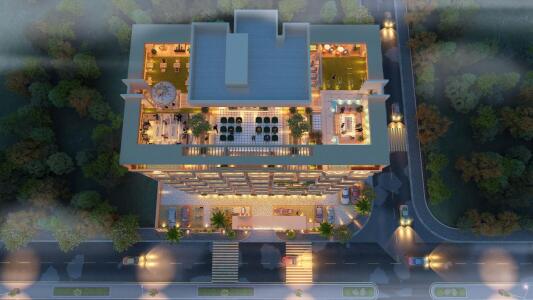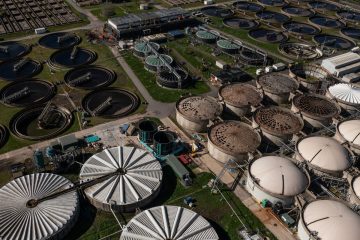A Journey Through Jaipur: The Pink City of India

Introduction
Jaipur, the capital city of Rajasthan, India, is renowned for its stunning architecture, vibrant culture, and rich history. As the first planned city of India, founded in 1727 by Maharaja Sawai Jai Singh II, it holds significant importance as both a tourist destination and a cultural hub. The city, popularly known as the Pink City due to the distinct colour of its buildings, attracts millions of visitors from around the world each year, eager to explore its majestic forts, palaces, and bustling bazaars.
Recent Developments in Jaipur
In recent years, Jaipur has seen a surge in tourism facilitated by improved infrastructure and connectivity. The introduction of direct international flights, enhanced road connectivity, and the establishment of luxury hotels have transformed Jaipur into a global contender in the tourism industry. Additionally, the Rajasthan government has been actively promoting Jaipur as a heritage city through various initiatives including the restoration of historical sites and the hosting of cultural festivals that celebrate local art and cuisine.
In October 2023, the city hosted the Jaipur Literature Festival, which is regarded as one of the largest literary gatherings in Asia. This annual event brings together writers, thinkers, and audiences from around the globe, fostering discussions on literature, politics, and social issues. Such events not only enhance Jaipur’s cultural reputation but also contribute to the local economy by attracting visitors who spend on accommodation, dining, and shopping.
Significant Attractions
Jaipur is home to numerous iconic landmarks. The Amber Fort, a UNESCO World Heritage site, boasts stunning Hindu and Mughal architecture and offers panoramic views of the surrounding hills. The City Palace, which still serves as a royal residence, showcases a fusion of Rajput and Mughal architecture and houses museums with artefacts from royal history. The Hawa Mahal, famously known as the Palace of Winds, exhibits intricate latticework and was designed to allow royal women to observe street festivals without being seen.
Conclusion
Jaipur’s unique blend of rich history, cultural vibrance, and modern development positions it as a crucial player in India’s tourism landscape. As the city continues to evolve with its ongoing restoration projects and increasing international recognition, it is projected that Jaipur will further solidify its status as a major heritage tourism centre in the coming years. For travellers seeking to experience India’s royal past intertwined with contemporary growth, Jaipur remains an essential stop on their journey.









